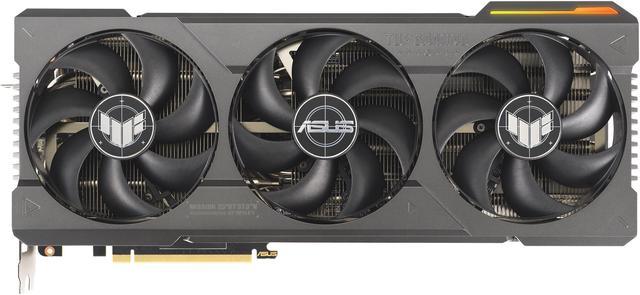Buzz Haven: Your Daily Dose of News
Stay informed and entertained with the latest buzz in news, trends, and insights.
When Pixels Meet Performance
Discover how to elevate your digital creations by blending stunning visuals with unbeatable performance. Transform pixels into powerful experiences!
The Science Behind Pixel Density and Its Impact on Performance
Pixel density refers to the number of pixels packed into a given area of a display, often measured in pixels per inch (PPI). This metric plays a crucial role in determining the visual clarity and detail of images on screens. Higher pixel density translates to sharper images and finer details, enhancing the overall viewing experience. For instance, modern smartphones often boast impressive pixel densities that can exceed 400 PPI, allowing for vibrant colors and crisp text. This improved image quality not only makes content more engaging but can also directly influence user performance, particularly in tasks requiring precision, such as graphic design or gaming.
Beyond visual appeal, pixel density impacts device performance in various ways. A higher PPI typically demands more processing power and memory usage, as the graphics processor (GPU) must render a greater number of pixels. This can lead to a drop in frame rates if the hardware is not optimized, especially in high-intensity applications. Additionally, an increase in pixel density may affect battery life, as powering a display with more pixels requires more energy. Therefore, while a high pixel density enhances the user experience, it is essential for manufacturers to balance it with overall system performance and efficiency to ensure that users enjoy a seamless experience.

How to Optimize Graphics Without Sacrificing Performance
Optimizing graphics is essential for enhancing website performance without sacrificing visual quality. To achieve this balance, start by using the appropriate file formats for your graphics. For example, JPEG is ideal for photographs, while PNG works best for images requiring transparency and high quality. Additionally, consider using SVG for vector images as they remain crisp at any size and can be scaled easily without loss of quality. Implementing responsive images using the srcset attribute allows browsers to choose the best image size based on the user’s device, further optimizing load times.
Another effective method to optimize graphics is to utilize compression tools. These tools reduce file sizes without significantly affecting image quality. Techniques such as lossless compression preserve the original image data, while lossy compression can achieve better size reductions but at the cost of some detail. Additionally, consider lazy loading images; this means that images only load when they are visible in the user’s viewport, decreasing initial load time and increasing overall page performance. By integrating these strategies into your workflow, you can greatly enhance your website’s loading speed, improve user experience, and ultimately boost your SEO rankings.
Are High-Resolution Displays Worth the Performance Trade-Off?
High-resolution displays have become increasingly popular in recent years, offering stunning visual clarity that can elevate the user experience in various applications, from gaming to graphic design. However, the performance trade-off that comes with these displays is a crucial consideration. As resolutions increase, so too does the demand on the graphics processing unit (GPU) and other hardware components. This means that while higher pixel density can enhance image quality, it can also lead to lower frame rates and potential lag, especially in resource-intensive tasks. Therefore, users must carefully weigh the benefits of improved visuals against the possible dip in performance.
When deciding whether high-resolution displays are worth the performance trade-off, it's important to consider the intended use. For professional designers and videographers, the enhanced detail and accuracy of high-resolution displays can be invaluable, justifying the need for upgraded hardware. Conversely, casual gamers may find that the performance hit outweighs the visual benefits, particularly if their current hardware struggles to maintain smooth gameplay at higher resolutions. Ultimately, the choice comes down to personal preference and specific use cases, making it essential to assess individual needs when investing in a high-resolution display.